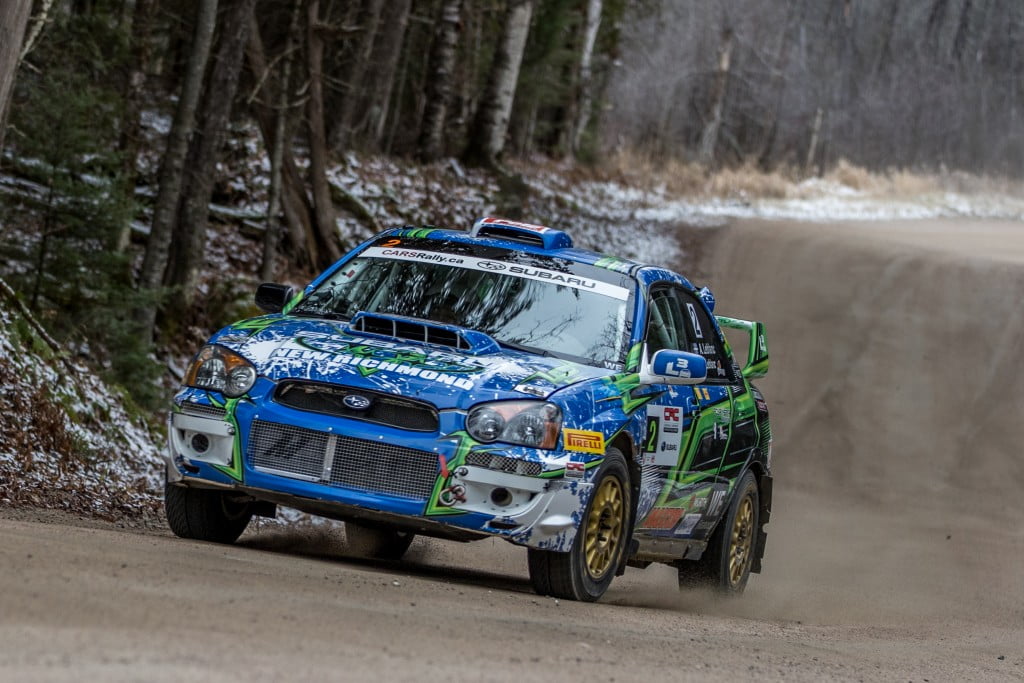Merry Christmas, Happy New Year and thank you, our customers and resellers, for a great 2023! Looking forward to serving you and providing our quality and exciting products in 2024.
DCCDPro.com Team

Merry Christmas, Happy New Year and thank you, our customers and resellers, for a great 2023! Looking forward to serving you and providing our quality and exciting products in 2024.
DCCDPro.com Team
We stumbled upon this also well done video for those who have the SI-Drive style controls with their DCCDPro Spiider DCCD Controller:
Here is a relatively recent video of a Spiider DCCD Controller installation that can be a good visual guide on how to install the unit. The take away from this video should be a general idea on how to remove sections to run the cables and place components. Also shows how SI-Drive style controls work.
Another great Forester project with STi 6 speed swap installation and Spiider Plus DCCD controller:
Congrats to Capital Tuning Racing Team for 2nd place in Maniwaki Canadian Rally Championship:
https://www.instagram.com/p/CeTgK15uhyH/
And the words from pilot: Thank you! The new diff controller felt great!!

Don’t want to steal any thunder but we are excited to know they are using our Spiider DCCD Controller:
https://carsrally.ca/crc-news/leblanc-brothers-gain-series-lead-with-tall-pines-win/

We have been asked many times “does it matter where the G-sensor is located for a DCCD Controller to perform well ?”.
The answer is yes, absolutely. The closer the G-sensor is to the center of weight distribution the more accurate it can sense the events ( x/y acceleration/deceleration) and that is why our controller has high precision, fast response sensor outside of the main box to allow for high performance . Just one of many features of our leading DCCD controller products.
Spiider family of DCCD Controllers supports OEM Multi Select Switch (MY08-14) as well as older (MY04-07) controls. The support option for Multi Select Switch is build time add on option and can’t be added after unit is shipped.

Recently we have received e-mails asking us how it is that our Spiider/Spiider Plus DCCD Controllers do not have maps like OEM system and how the system could then operate.
Let’s first look at how a map based system works and then I will explain how our system is so different.
Maps are basically look-up tables or charts stored in a memory. A map based controller fetches a number in this chart or table every time one of the parameters changes. The result of a certain input will always be one number or outcome. The table is static so it would not recognize how you reached that point of operation and if the conditions of the road change, it will not change the outcome unless you change the entire map.
An adaptive algorithm based system, on the other hand, does not have any maps. Rather, it looks at each case based on the inputs and also how it has arrived at that point and directly calculates the proper outcome fast enough to reach the optimum performance for every situation no matter the road conditions. This technology allows the system to intelligently search for the best result instead of just arriving at the same outcome over and over again regardless of how wrong it might be.
We always highlight the following example of why map-based systems are not efficient and practical. Imagine you are driving on one mile stretch of a road at 60 miles per hour and the road conditions change from dry to wet (possibly mud,gravel ,..) and back and meanwhile you also hit a turn.
Do you think that, even if you assessed the road conditions accurately, you will have time to switch the maps in time while you are driving through a turn? How much time has it taken you to reach the system and push the buttons?
In comparison, the algorithms in Spiider family of DCCD controllers have found the optimum point of operation by examining the operational solutions hundreds of times per second and applying them to your DCCD transmission for a true hands-off experience.
This is why maps are a thing of the past!